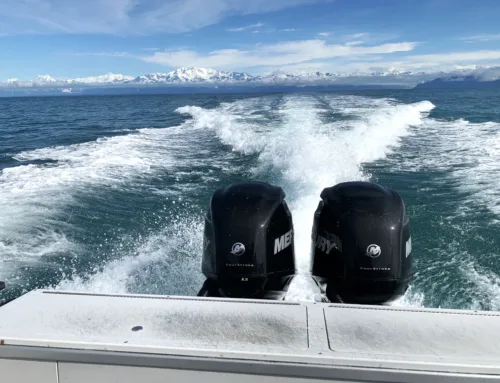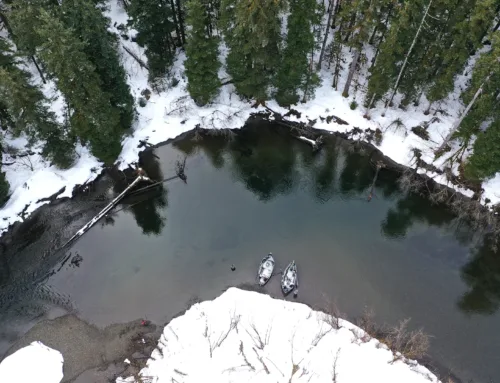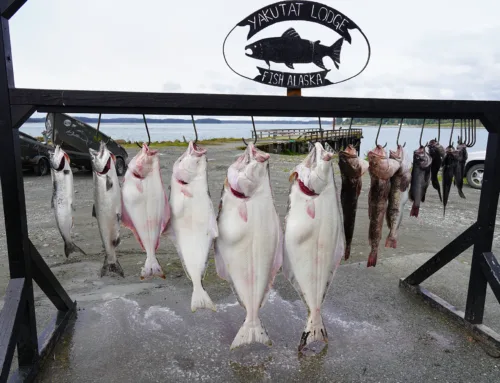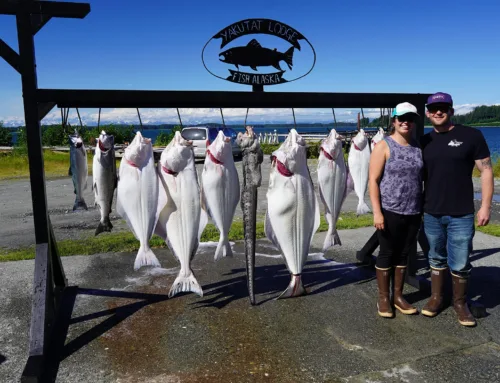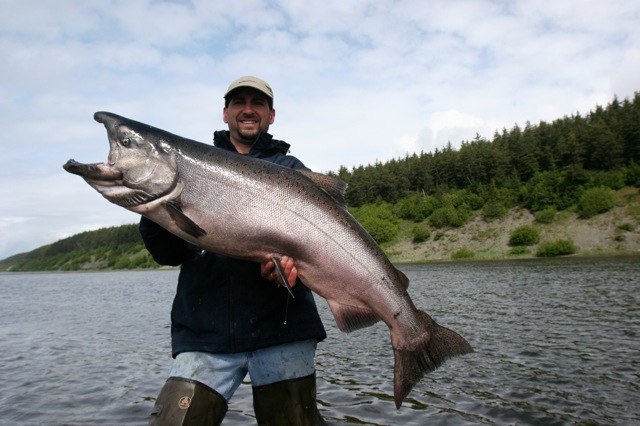
Alaska takes sustainability very seriously. It is one of the most monitored states in all of America when it comes to its fisheries. This is crucial to the survival of the industry. To better understand how Alaska monitors the industry, whose responsibility this is and how to make sure you are following the guidelines head to the Alaska Seafood site. I have referenced much of the material on the site for this article, with the goal of raising awareness and educating the importance of sustainability.
If you’re like most people, you know Alaska for its snow-covered mountains, glaciers that date back millions of years, and the incredible green beauty in the summertime. But the state is also a world model for sustainability—and maybe for governmental genius, too. That’s because Alaska is the only state with a mandate for sustainable seafood written right into its State Constitution.
Alaska offers four types of fishing. Sportfishing is open to anyone in virtually all of Alaska, while commercial, subsistence, and personal use fishing are limited to certain areas, certain types of gear, or just to Alaska residents. But Alaska provides the United States and the world with more then just fish.
There are many types of seafood that come from Alaska. There are five species of salmon; king, sockeye, coho, keta and pink. There is also a variety of whitefish that are caught there such as; halibut, black cod, Alaska Pollock, cod, sole and surimi seafood. Alaska is also a supplier of various types of crab seafood including; king, snow and Dungeness crab, Alaska Weathervane scallops and spot prawns.
All told, Alaska supplies more than half of the wild-caught seafood in the United States. And Alaska will always be home to the greatest salmon runs in the world, providing as much as 95 percent of North America’s wild salmon.
With so many What is sustainable seafood? It’s seafood that’s managed and fished using practices that ensure there will always be more to catch in the future.
The secret to Alaska’s success lies in two basic principles: Responsible fisheries management and sustainable fishing practices take care not to harm the fish, other marine plants and animals, nor the environment. n Fish populations are never overfished. Overfishing happens when too many fish are taken from the sea and there are not enough fish left to replenish the natural population.
But how does Alaska make sure the environment stays that way? Start with the Marine Protected Areas (MPAs). More than 40 MPAs, covering hundreds of thousands of square miles have been established in the waters off Alaska to safeguard this sensitive habitat from human activity. This protects more than the wild-caught seafood you enjoy. Whales, sea lions, otters and birds are also ensured safe, clean habitats. Alaska also follows a number of governmental protection acts, including the Marine Mammal Protection Act, the Fur Seal Act, and the Magnuson- Stevens Fishery Conservation Act.
Being sustainable is not just a matter of following the science. It’s a large-scale commitment to responsible fisheries management and a strong governing system.
In Alaska, the National Marine Fisheries Service and the Alaska Department of Fish & Game (along with several other organizations at the state, federal and international level) work together to set sustainable fishery management methods that uphold Alaska’s high standards.
The Yakutat Lodge is proud to following all regulations provided by the governing agencies. We respect and appreciate the beauty and resources that Alaska has to offer. We appreciate that we have access to some of the few remaining untouched and pristine nature reserves in all of the U.S. We are happy to answer any questions you might have in regards to planning your next trip to Yakutat. For more information head to our website www.yakutatlodge.com, email us at info@yakutatlodge.wpengine.com or call us direct at 1-800-YAKUTAT. We look forward to hearing from you and introducing you to the area, no matter what your tastes are.
- For more information about keeping Alaska Sustainable head to http://www.alaskaseafood.org/

